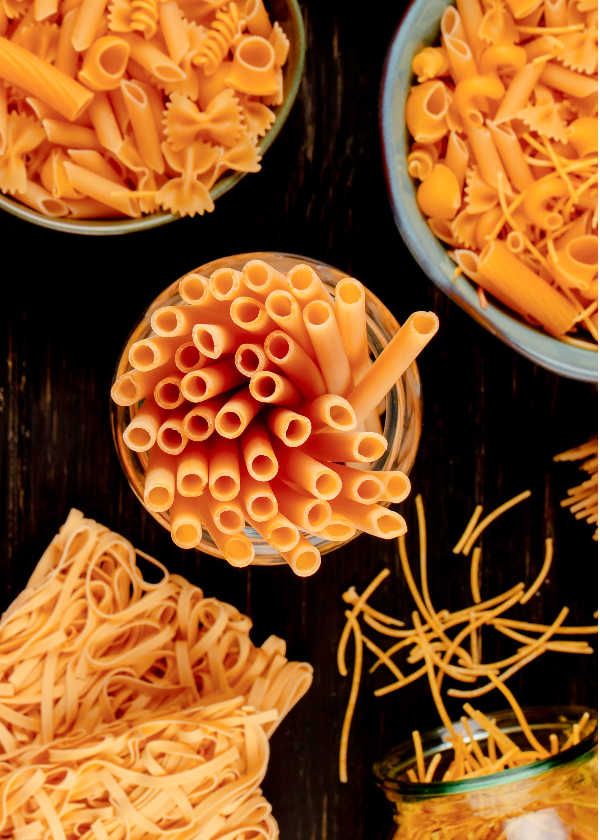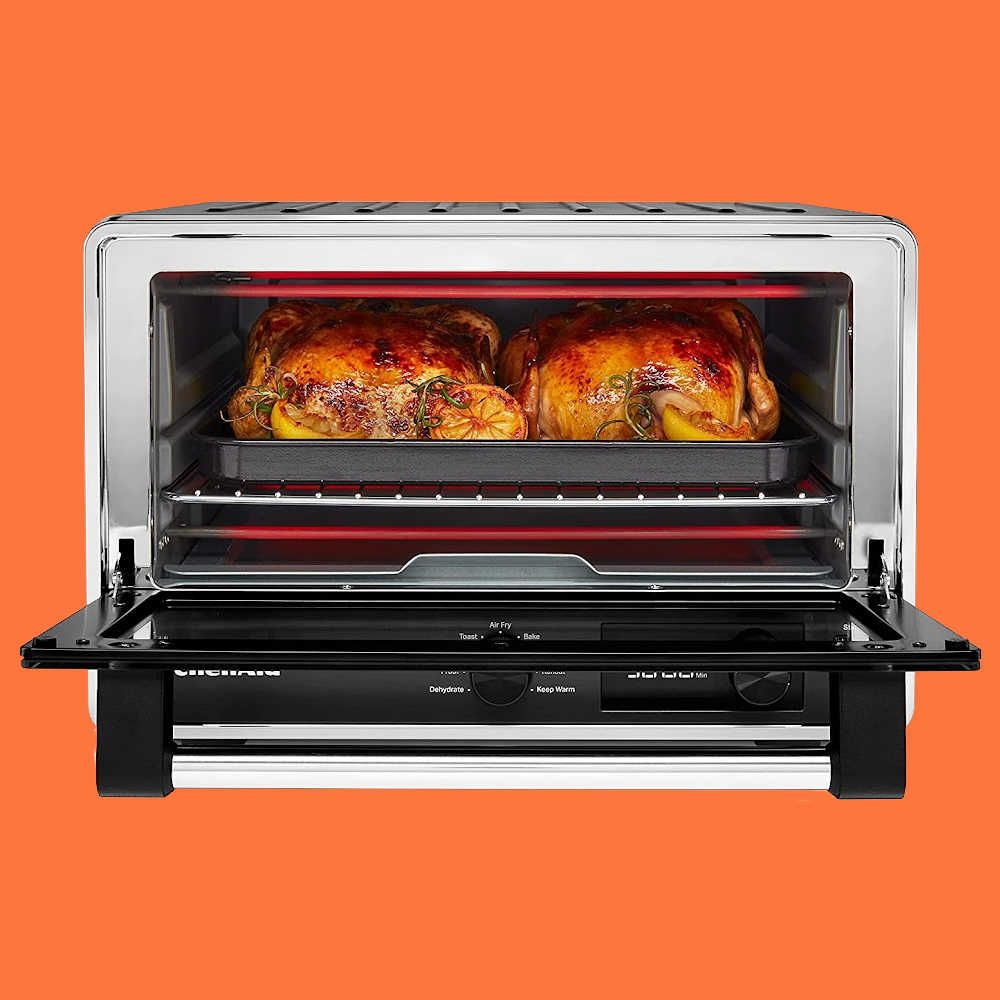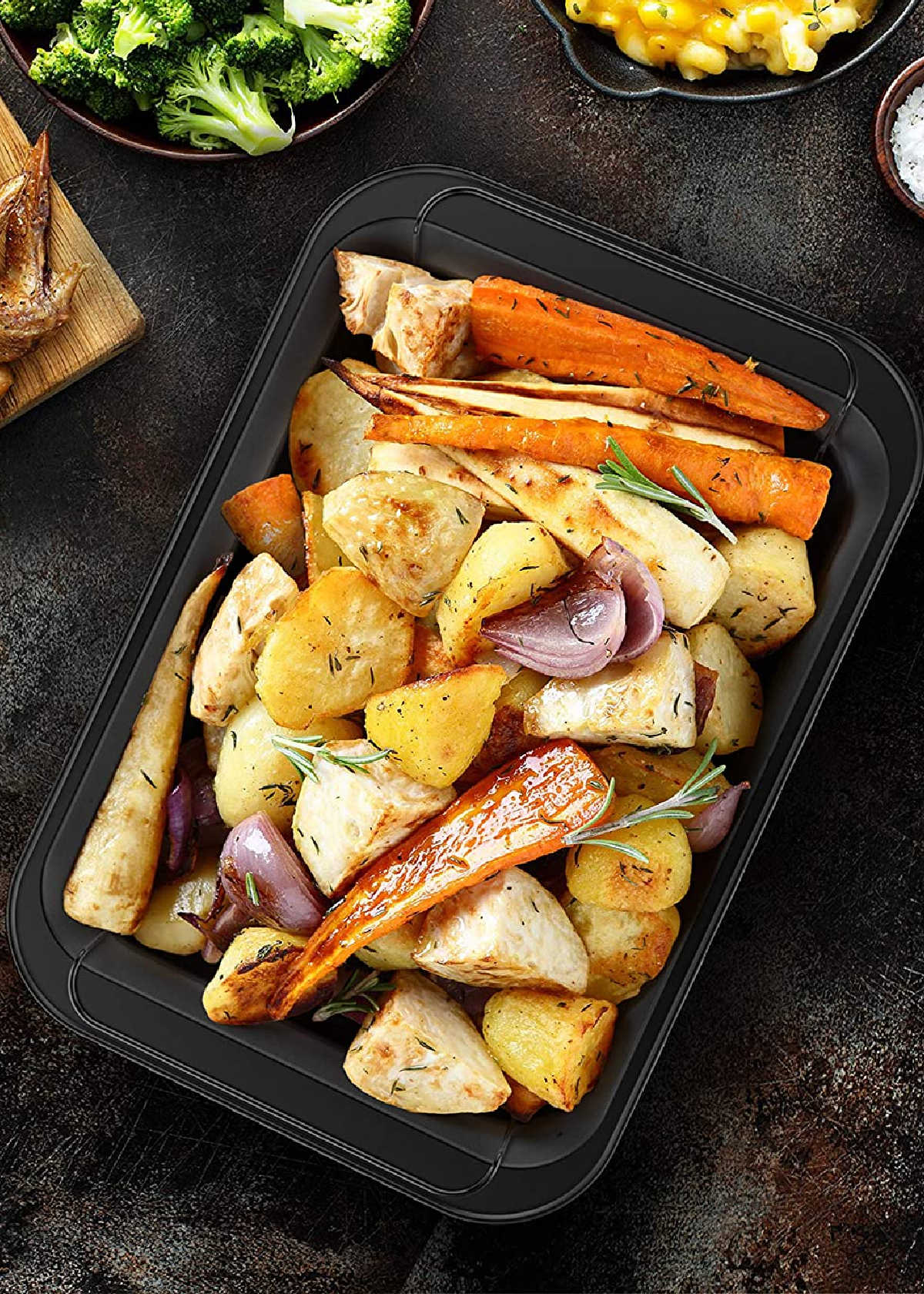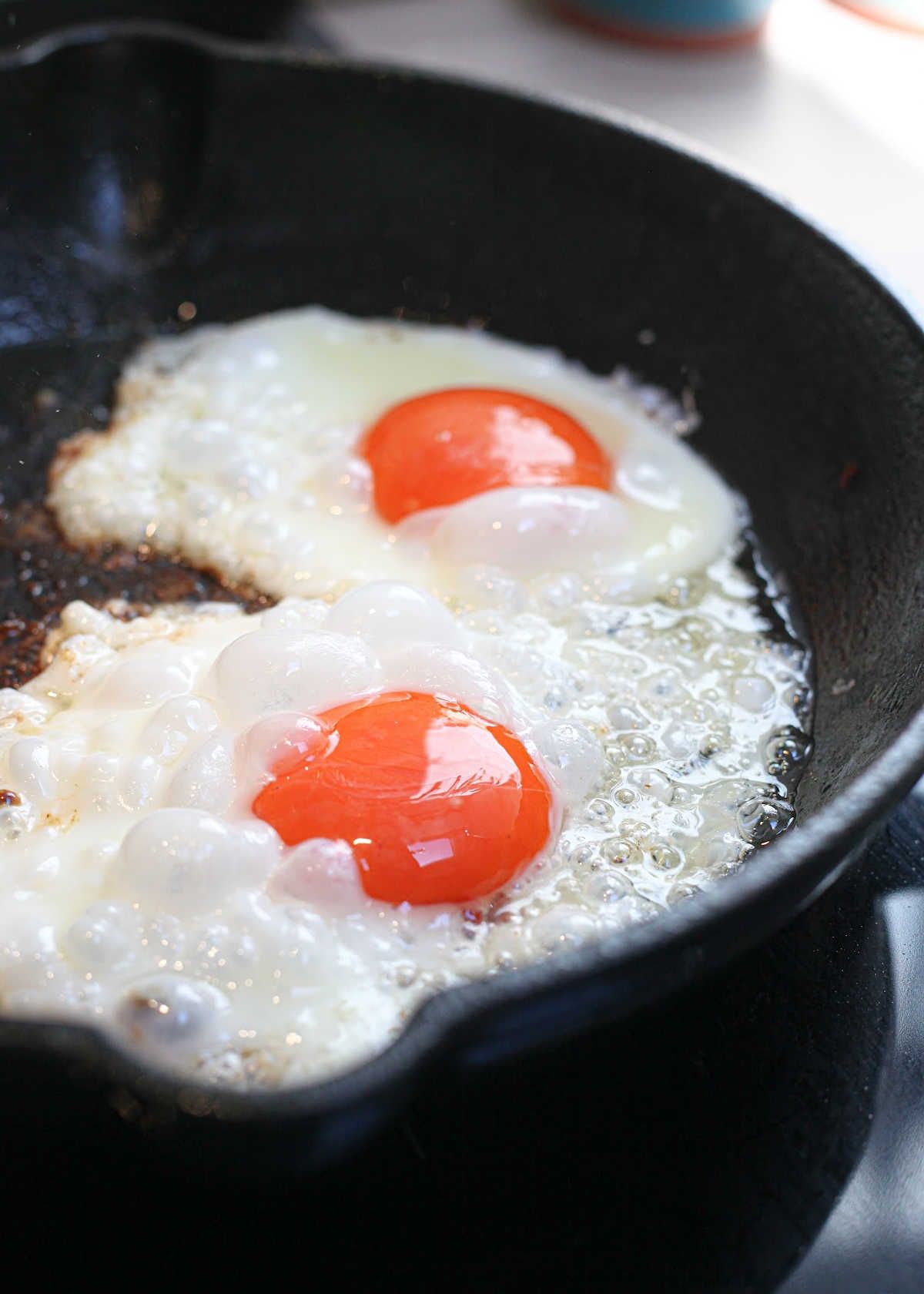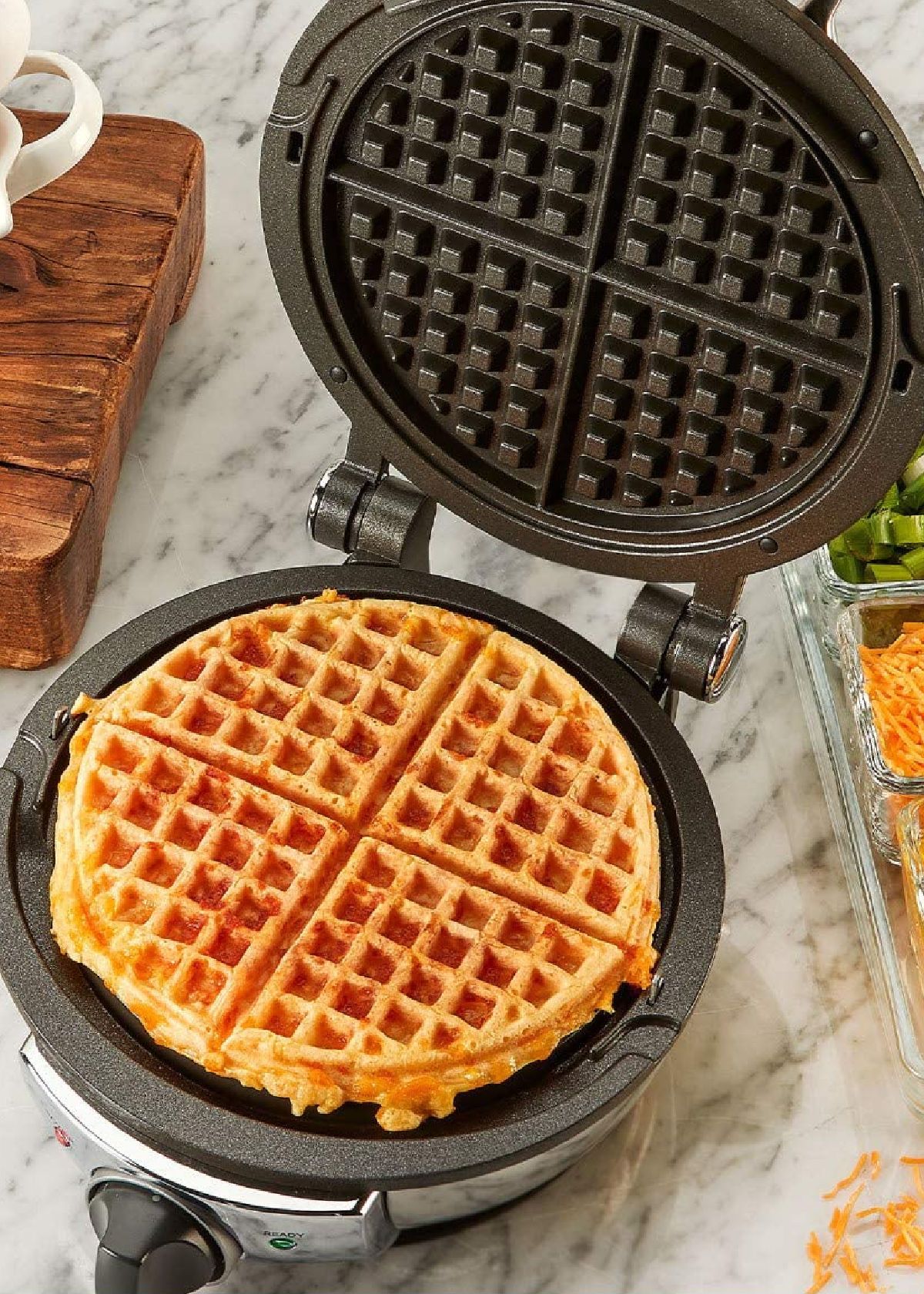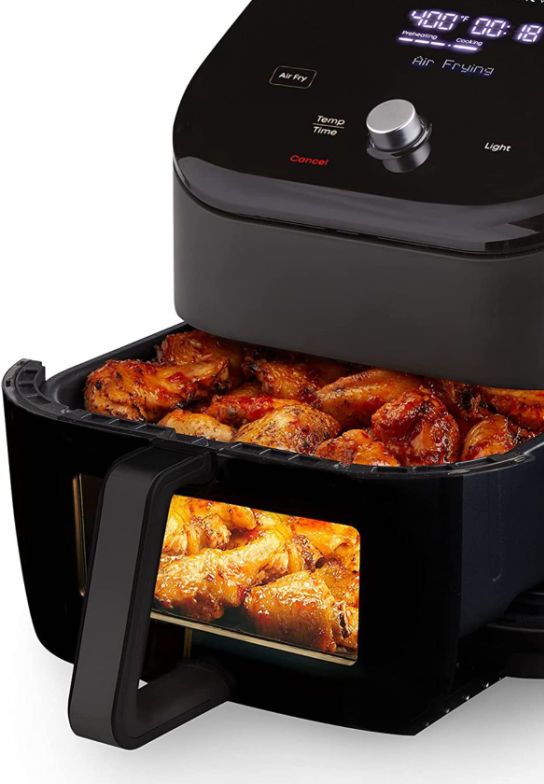Content Summary
Do you love pasta but are looking for something a little bit different? If so, bucatini may be the pasta for you! This delicious Italian pasta is made with durum wheat flour and water, and it gets its distinctive shape from being extruded through a die with a small hole in the center.
Bucatini is also sometimes called "bucatoni" or "perciatelli". Now that you know a little bit about what bucatini is, let's dive into some of the most frequently asked questions about this unique pasta.
Bucatini Overview
Origin of Bucatini
Bucatini is a type of pasta that originates from Lazio, Italy. It is made with durum wheat flour and water, and it gets its distinctive shape from being extruded through a die with a small hole in the center.
What Is Bucatini Best For?
Bucatini pairs well with hearty, rich sauces, so it's often used in dishes like carbonara or amatriciana. This pasta is also delicious when baked with a creamy cheese sauce. If you're looking for something a little lighter, though, bucatini also goes well with simple olive oil and garlic sauce or a fresh tomato sauce.
How Do Italians Eat Bucatini?
There are a few different ways that Italians like to eat bucatini.
- The first popular way is to add it to soups, like minestrone or pasta e fagioli.
- The second way is to bake it with a variety of cheeses, like mozzarella, ricotta, and Parmesan.
- The third popular way to enjoy bucatini is to bake it with a cheese or meat-based sauce.
- Another popular way to eat bucatini is to mix it with a simple tomato sauce made from crushed tomatoes, olive oil, garlic, and herbs. The tomato sauce is then heated in a pan until hot, and the bucatini is added to the pan and mixed with the sauce. The dish can be served immediately or topped with grated Parmesan cheese before serving.
How To Cook Bucatini
Bucatini can be cooked in the same way as other types of pasta. Simply bring a pot of water to a boil, add the bucatini, and cook for 9-10 minutes, or until al dente. Once the pasta is cooked, drain it in a colander and then add your desired sauce.
Is Bucatini Better Than Spaghetti?
There is no right answer to this question since it all comes down to personal preference. Some people prefer the thicker, chewier texture of spaghetti while others prefer the thinner, finer texture of bucatini. Ultimately, it's up to you to decide which pasta you like best!
In A Nutshell
Whether you're looking for something new to try or you're simply curious about this unique pasta, we hope this blog post has answered all of your bucatini-related questions. Wanna know step-by-step how to cook bucatini pasta? Check out the below video to cook it the right way like a Roman. Bon appetit!
Need a pasta pot for your pasta dishes? Stop your search for the best pasta pot now! We've put together a comprehensive list of the top-rated pasta pots around, so you can find the perfect one for your needs. From stainless steel to enameled options, we'll help you pick out the perfect cooking vessel for all your Italian cuisine. Let's cook up some bucatini today!
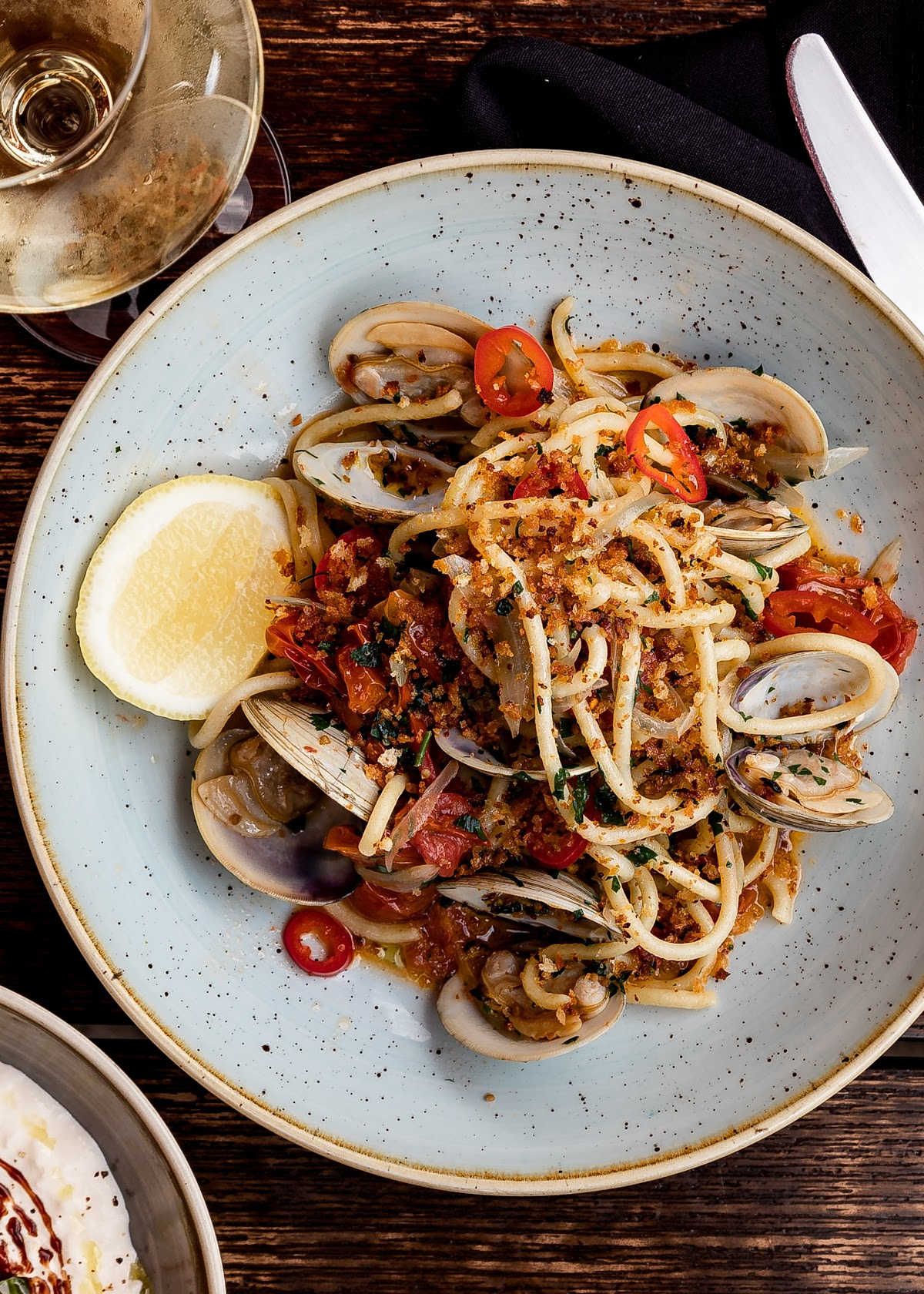
Happy cooking!
Catchy Finds



